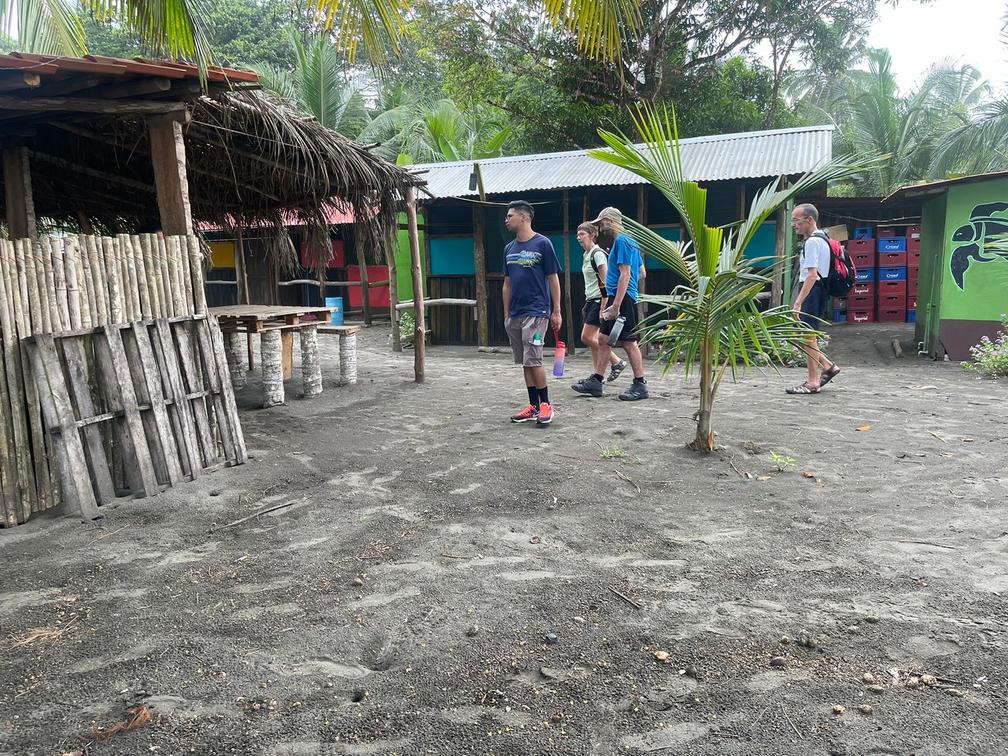Lirio Lodge
-(1).jpg)
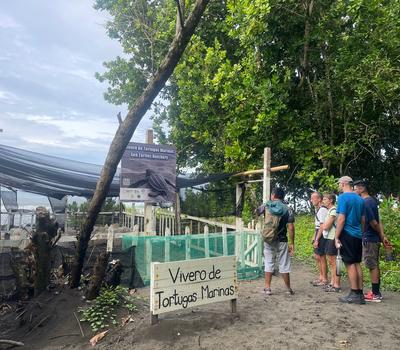
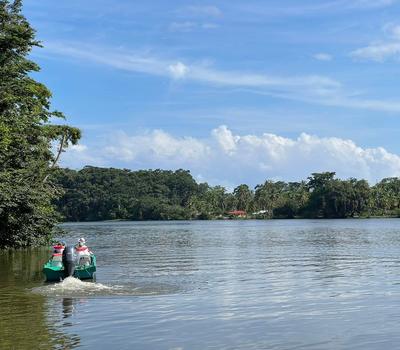
.jpeg)
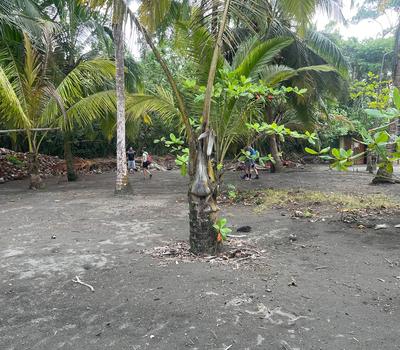
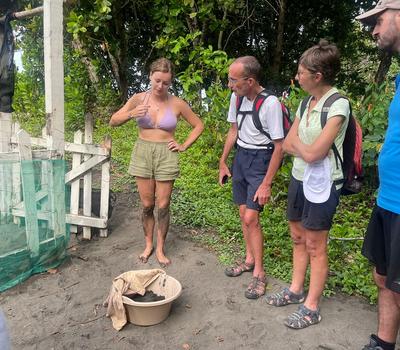
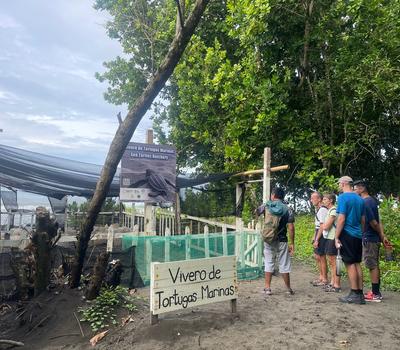

Visit to the village of Barra de Pacuare
(INCLUDED)
his two-hour guided tour offers a unique opportunity to explore the charming village of Barra de Pacuare, accessible by boat from Lirio Lodge. The journey itself provides a scenic ride through the stunning canals, with explanations about the local flora and fauna along the way.
Upon arrival, visitors will learn about the community's way of life, including their traditions, customs, and livelihoods such as fishing, agriculture, coconut cultivation, and tourism. A highlight of the tour is a visit to the local school, where you'll gain insight into education in this remote area.
The tour also showcases conservation initiatives for the endangered leatherback turtle, providing a deeper understanding of the community's efforts to protect their natural heritage. This enriching experience is perfect for those who wish to connect with the local culture and support sustainable practices in this unique corner of Costa Rica.
Show More
Show Less
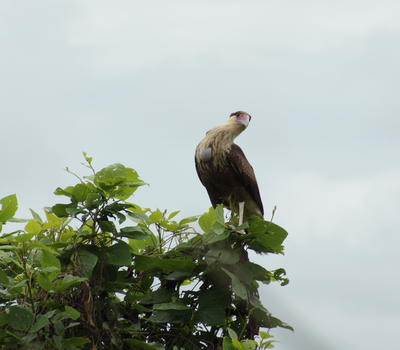
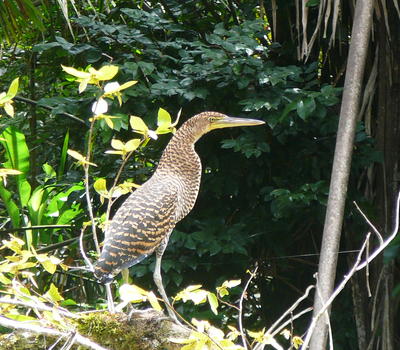
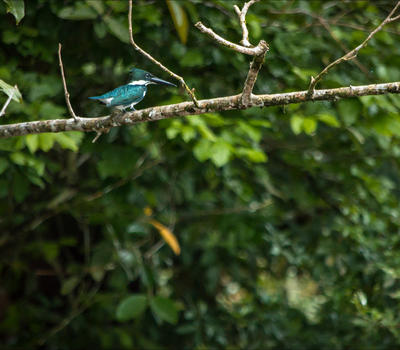
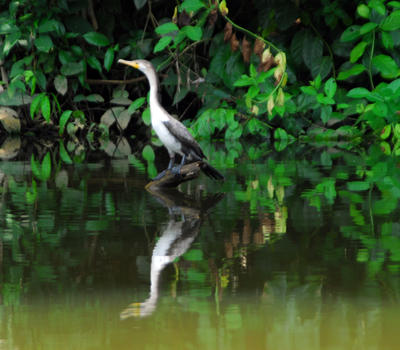
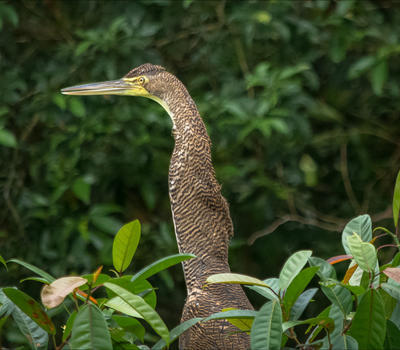
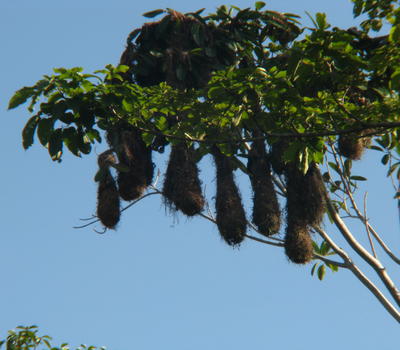
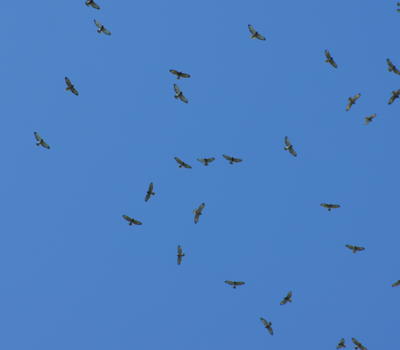
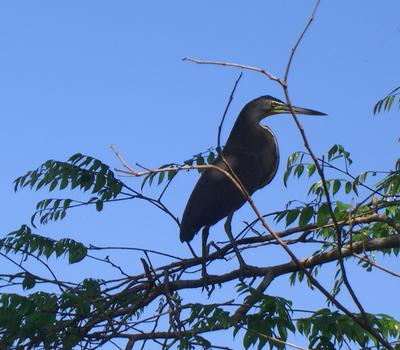
Birdwatching tour at Tortuguero Canals and Barra of Pacuare
In the area of the Tortuguero canals, especially in the Pacuare Reserve and areas bordering Pacuare and the canals, there are hundreds of species of birds, some very rare to see, such as the Agami Storch.
From Lirio Lodge we can include birding tours, from the Early Morning Tour, the Half Day Noon Tour as well as the afternoon tour and a night tour, in order to see the largest number of bird species possible, depending on the time of day, when specific desired species are more active and visible. The bird tour is not included in the itinerary, however, with previous reservation, we can include it.
Show More
Show Less
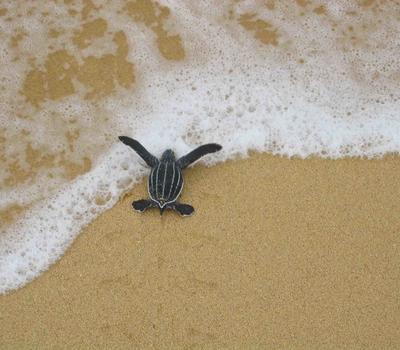
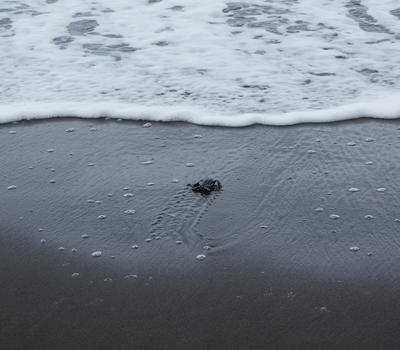
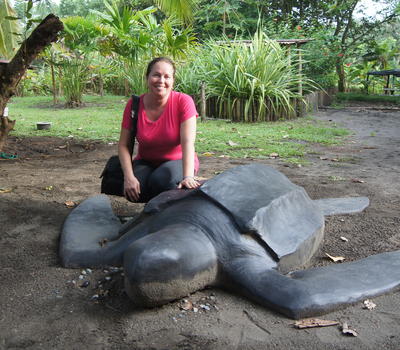
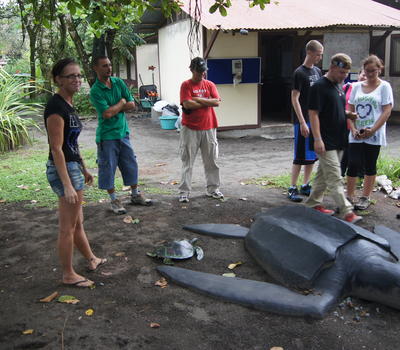
Sea Turtle Conservation Tour
Our guests can participate in the Sea Turtle Conservation Tour, which must be booked in advance. This tour departs at 7:45 PM. Contrary to the tours in Tortuguero village, in Barra de Pacuare they have a more scientific approach, where the priority is the study of species, rather than them becoming an attraction for tourists. Costa Rica is home to 5 of the 7 sea turtle species that exist in the world, and the Caribbean beaches and waters are used by the Leatherback, Green, Hawksbill and Loggerhead turtles.
The Caribbean beaches of Barra de Pacuare are one of the most important nesting area for Leatherback turtles in Centralamerica; but they are also visited by the rare Hawskbill turtle and the Green turtle. While Tortuguero National Park , about 80km further north, is the most important nesting site for Atlantic Green turtles, Leatherback and Hawksbill turtles are less common there, compared to Pacuare. During the months of March-June our guests have the chance to observe Leatherback turtles.
Under the supervisión of our guide and the conservation project´s researchers, guests will participate in a night patrol, ideally in smaller groups.
Field biologists, local and international research assistants patrol the beaches with groups of volunteers every night during nesting season for about 4-6 hours, in different shifts from 8 PM to 4 AM, depending on the project´s monitoring protocol. Once a sea turtle is found by the patrol leader, he will check if the turtle is nesting, is preparing a nest or has nested already. Depending on this, the project´s staff will either collect the eggs and transport them into a hatchery, where the eggs incubate safely, or camouflage the nest and leave the eggs right there where the turtle has laid them, or search for the eggs and dig them out of the nest already covered by the turtle.
Scientific data are taken, such as biometrics of the turtle´s carapace, hour and beach sector of nesting activity, turtles are checked for any identification tags or will be tagged and their overall status will be revised for any health issues or injuries. Whether to leave a nest naturally on the beach or to relocate it into a hatchery, this depends on the risk that a nest could be lost to predators, erosion, high sea levels or illegal poaching.
All sea turtle species are in danger of extinction and protected by Costarican law, but poaching is still an issue and unprotected nests get stolen frequently.
Show More
Show Less
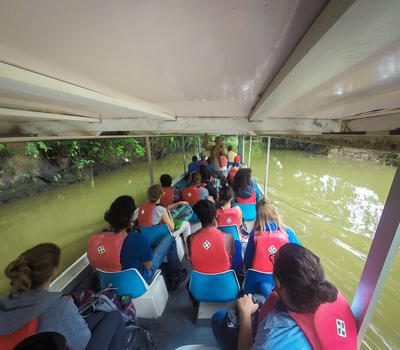
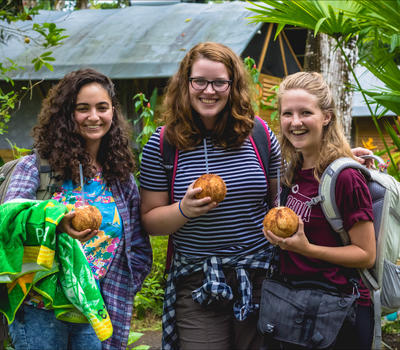
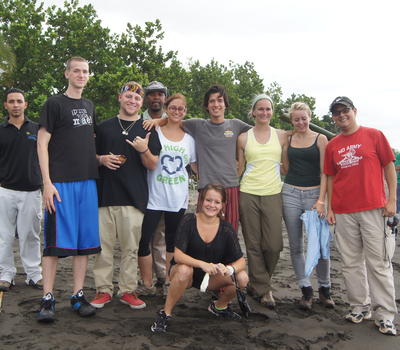
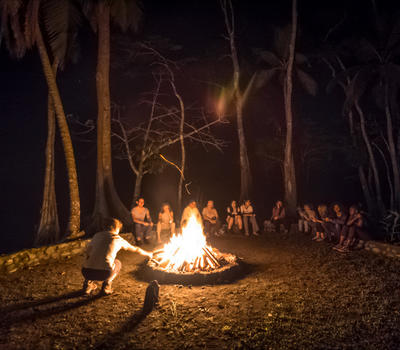
Educational travel
At Lirio Lodge we constantly host groups of colleges, universities, and schools that travel to Costa Rica as part of educational packages and circuits, where the approach is educational, combining it with leisure activities. And at Lirio lodge, this combination of educational activities between students and teachers is especially easy, given the beauty of the place, the remote, natural and unspoiled, which makes any academic obligation pleasant.
We have had groups of students who have completed studies and educational programs such as:
Environmental education
Social Volunteering
Study of sea turtles
Studies of birds, reptiles, amphibians, mammals and insects.
Show More
Show Less
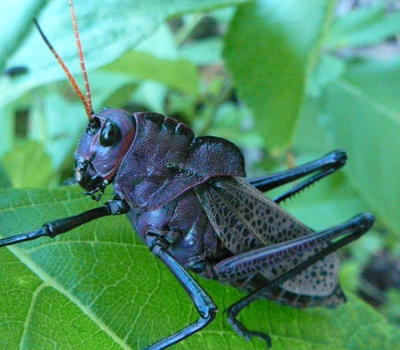
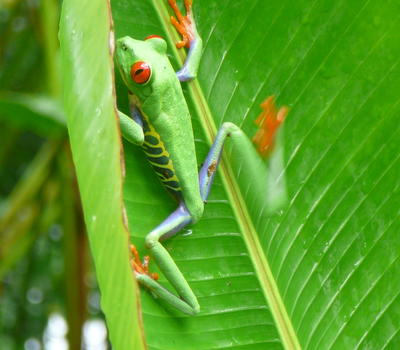
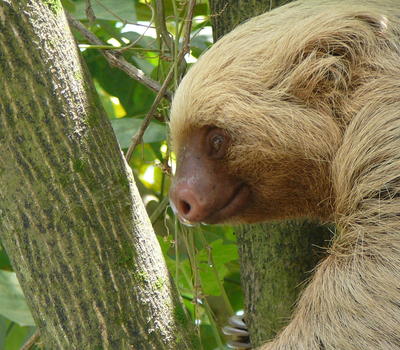
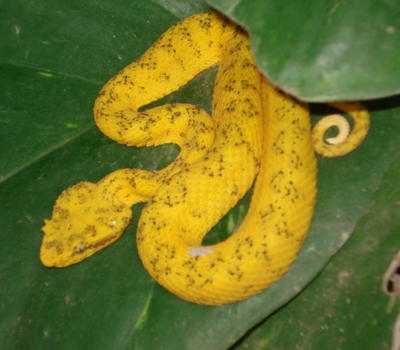
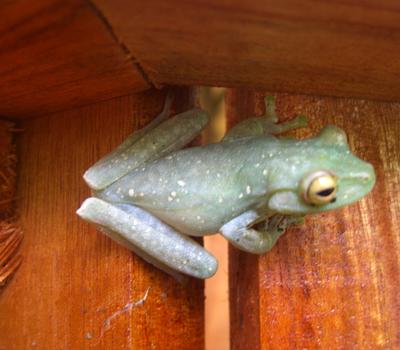
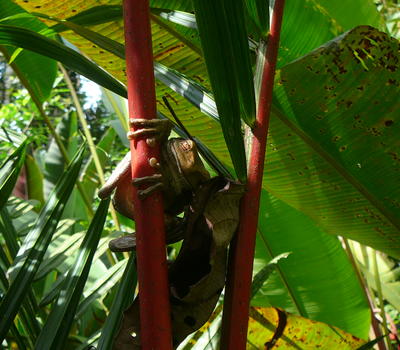
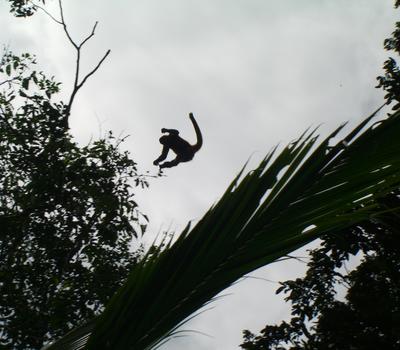
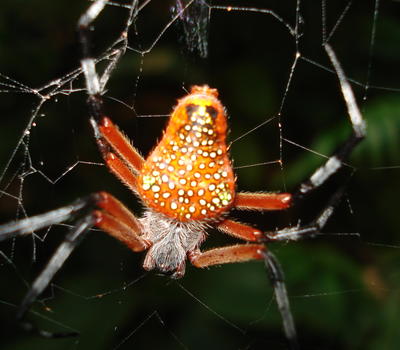
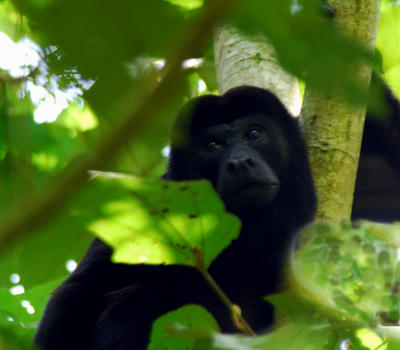
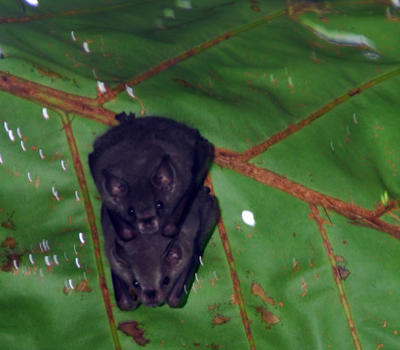
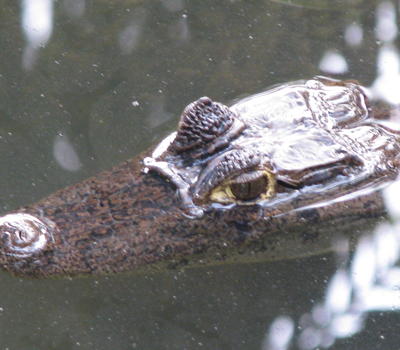
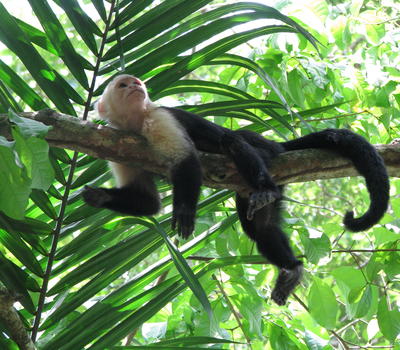
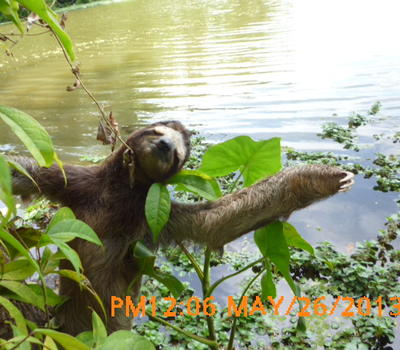
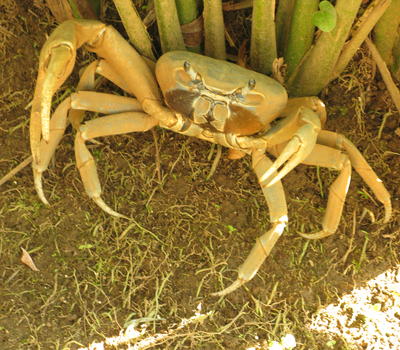
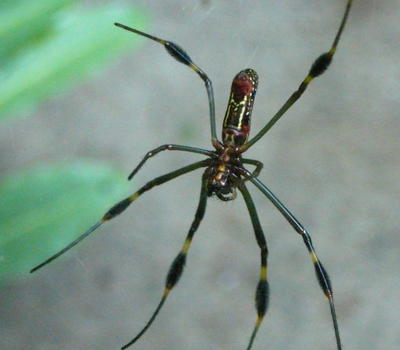
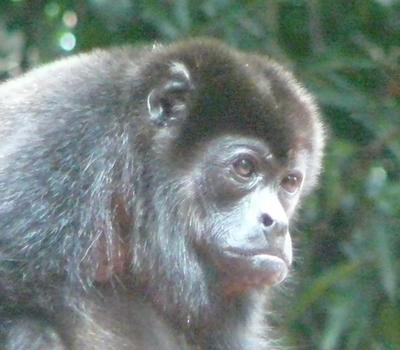
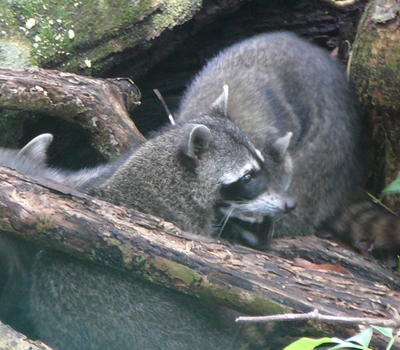
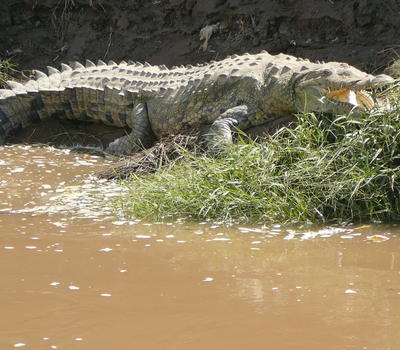
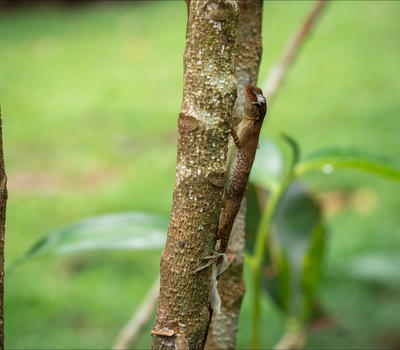
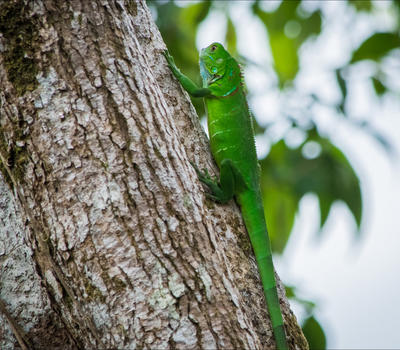
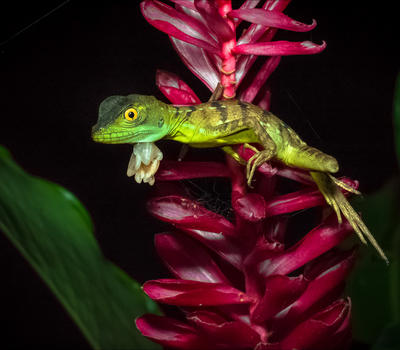
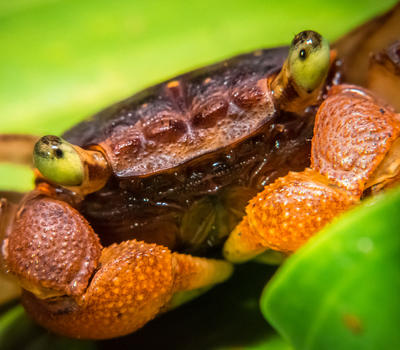
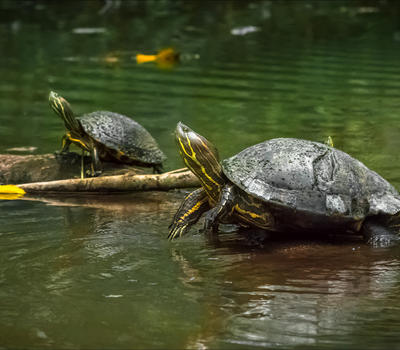
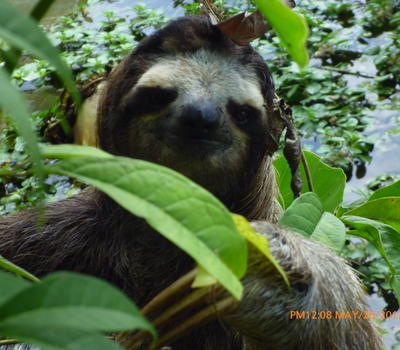
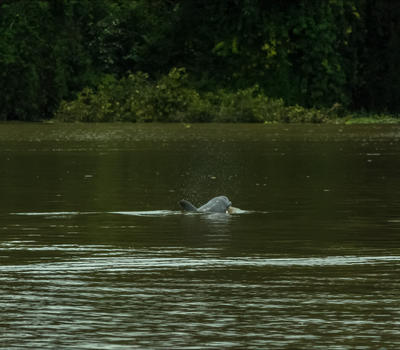
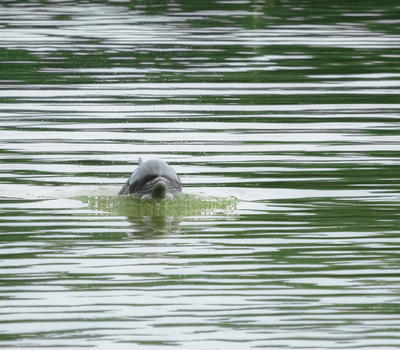
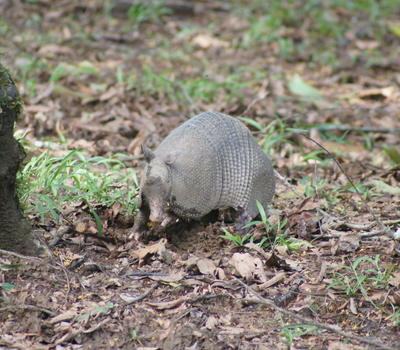
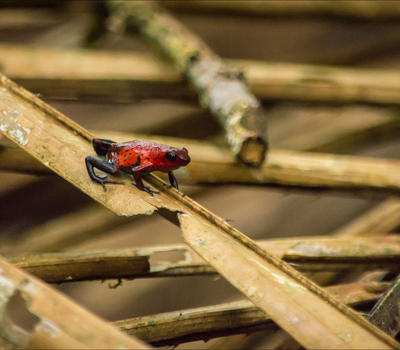
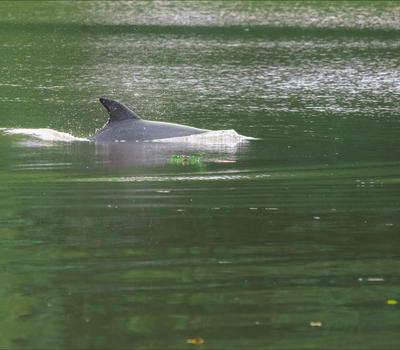
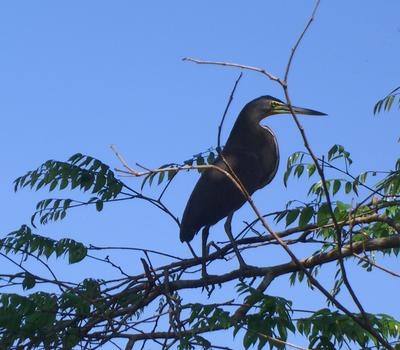
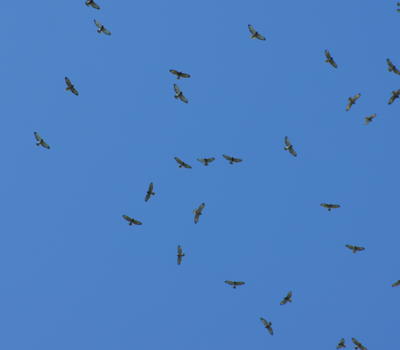
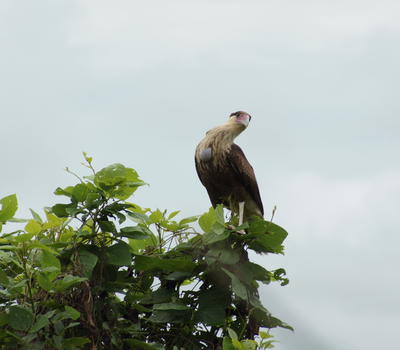
Costa Rica’s most iconic animals and birds tours
Lirio Lodge offers extraordinary animal watching tours with plentiful opportunities to see many of the Costa Rica’s most iconic animals and birds in the company of the finest guides.
Costa Rica holds a staggering variety of species (5% of the world), including some of the world’s most iconic mammals and birds. Many of these animals are incredibly abundant and relatively easy to observe, guaranteeing that our boat and walking tours are always packed with amazing sightings
Show More
Show Less

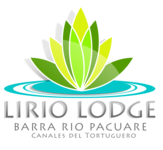
-(1).jpg)


.jpeg)



